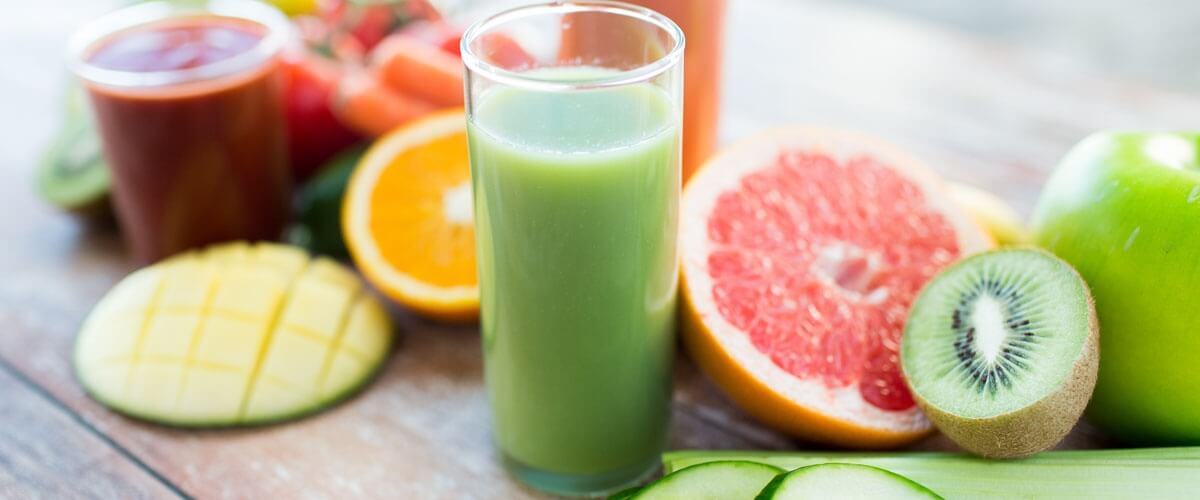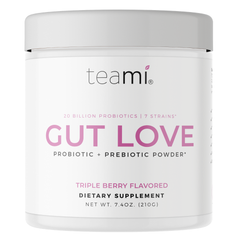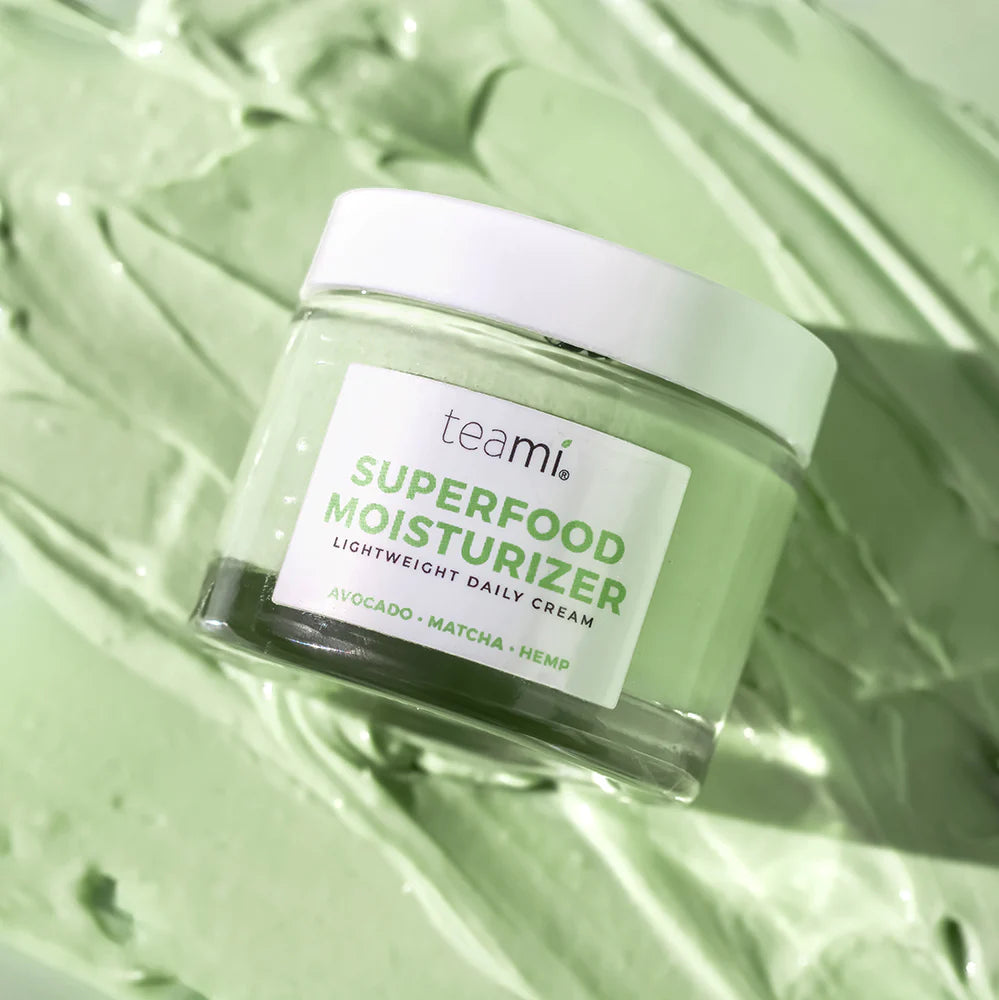A Simple Guide to Understanding 30 Day Cleanses

Flip open any glamor magazine or peruse a health fitness or health blog and you will undoubtedly stumble upon at least one article or conversation about a “30 Day Miracle Cleansing Detox,” or something along those lines.
Perhaps, you’ve even challenged yourself to one of these month-long diets. As with any diet, the question on everyone's mind is, "Does this really work?" and more importantly, "How does it work?"
After all, you don’t want to deprive yourself of your favorite food for nothing! That’s torture! No thank you!
To help answer these questions and more, we’ve compiled this definitive guide on how to detox the body in 30 days.
There are a lot of tons of different detox plans out there, and we certainly can’t cover them all.
The goal of this roadmap is to hit all the major points and also dispel some of the misinformation out there. To get you running on the path that works for you!
First, we’ll define what it means to detox and how it works. Next, we’ll look at some of the food choices that are popular and unpopular among 30-day detox plans and why. Finally, we’ll share valuable tips on how you can not only plan your own cleanse, but also (and more importantly) follow through with it and achieve the results you have always been dreaming of.
What Does it Really Mean to Detox?
Detox is an abbreviation for ‘detoxification.’ It is the process of removing harmful, negative toxins in the body that accumulate from poor dietary choices, substance and alcohol abuse and other means. Even unpurified water with too many alkaline metals and impurities can cause toxins to build up in the body.
While detoxing has become a new, dietary craze, which has been popularized by many mainstream celebrities, cultures have been practicing detoxification methods for thousands of years. Hippocrates, the ‘Father of Western Medicine,’ was a big proponent of fasting, one of the most common detox methods, as a means to improve health.
Detoxing is a simple process of abstaining from consuming the foods and substances that are toxic to the body. Our bodies naturally detoxify themselves on a day-to-day basis to remove waste from the system. Unfortunately, the average American diet is rifled with toxins, which make it hard for our body to process and remove them as rapidly as we consume them.
A 30-day detox plan allows the body to rid itself of all these waste materials. This is why fasting has been such an attractive, alternative medicine option for millenniums.
By limiting your food intake entirely, you thereby eliminate any toxins your body has to tackle. Cleanse diets work in a similar manner, but rather than not eating at all, they focus on only eating foods that are ultra-healthy and don’t contain any damaging components.

Why Do People Detox and What Does it Do for Your Body?
When toxins are allowed to build up in the body, they can create long-term damage. Specifically, they can lead to "chronic diseases and conditions, including allergies, anxiety, arthritis, asthma, chronic infections, depression, diabetes, headaches, heart disease, high cholesterol, low blood sugar levels, digestive disorders, mental illness, and obesity."
They can also significantly impact a person’s stress levels, cause chronic fatigue and more. So, while many people begin a 30-day detox to lose weight, the real prize of this practice is experiencing increased energy levels, lower amounts of stress, lower risk of chronic diseases, better sleep and much, much more.
In other words, everyone has their unique reason for detoxing because there are so many benefits associated with it. The overarching goal, however, remains the same -- achieving a healthier, balanced lifestyle.
Removing these toxins from your body allows it to run more efficiently. It won't break down and succumb to illness or disease as quickly, which means you'll stay at peak performance for much longer. That means no more mid-day crashes, mood swings or always feeling sick.
What Does a 30 Day Detox Plan Look Like?
Now, you might be thinking to yourself, "I have a pretty healthy lifestyle. I don't eat fast food or junky snacks. My body is free of these poisons." But, the sad truth is that even common food options can contain some toxic components. Sugar, wheat and grains and some cooking oils are some of the most common examples of toxic food choices that many of us consume on a daily basis.

There are a lot of cleansing diets out there that go into detail about what you should and should not eat. The difficulty is that each one is a little bit different. One detox plan may say to stick to only vegetarian options (vegetables, fruits, etc.), while another might include fish as a viable protein option. Alternatively, there are detox plans that are much more particular and instruct dieters to avoid even fruits.
Instead of trying to weed through all of these different plans, we are going to break down some of the common food groups and discuss what to avoid and what to look for.
Bread, Grains, Cereal, Pasta:
A lot of us depend on bread and grains for a significant part of our diet. After all, it is the foundation of the food pyramid that we all have grown up with. That said, you don't actually need them. Even the healthy, whole grain options are heavy on carbohydrates, which raise blood sugar levels.
Additionally, many grains contain phytic acid and lectins. These toxins can cause the body to age faster because they reduce the number of anti-aging nutrients your body absorbs from other foods. Lectins, in particular, are extremely harmful because they damage the intestinal tract.

Love,
Adi Arezzini | @adiarezzini
Co-Founder + CEO, Teami Blends
Certified Holistic Nutrition Coach
Discover Our Natural Detox Program
Subscribe to our Newsletter
Subscribe to our newsletter and get 10% off your first purchase



 Instagram
Instagram



